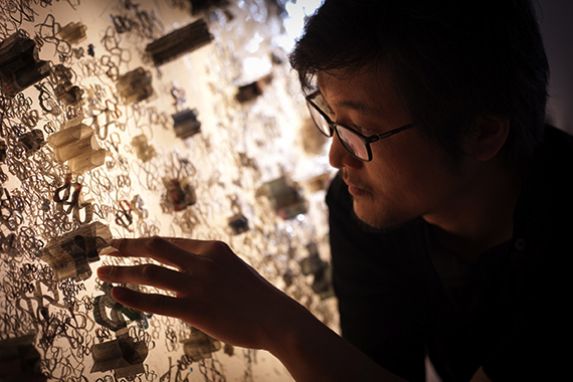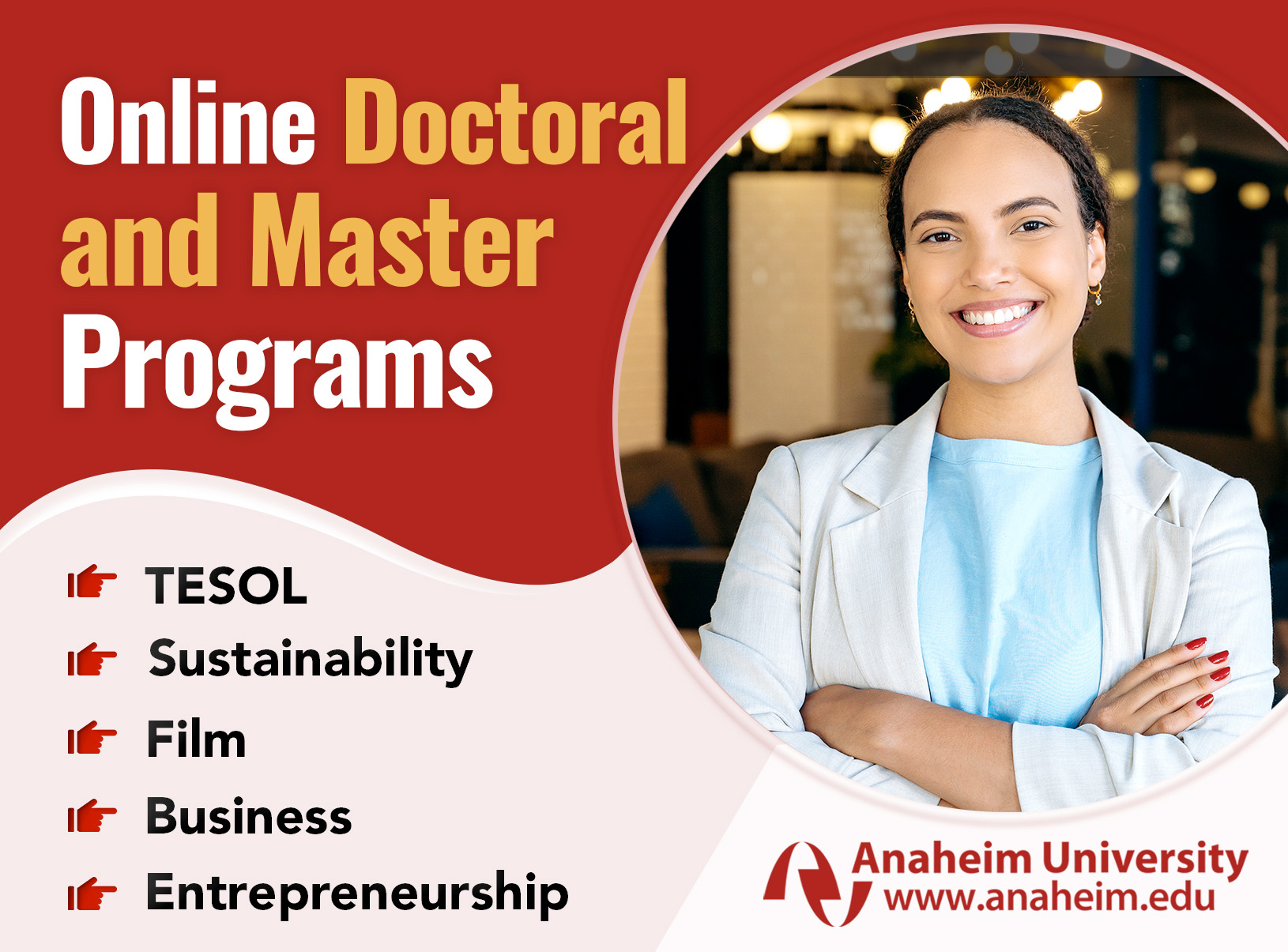Defying Boundaries through Massive Magazine and Newspaper Sculptures
Yun-Woo Choi received a BFA and an MFA in sculpture from Hong-Ik University, and an MFA from School of Visual Arts. Choi was a recipient of the Jung-Ang Fine Art prize in 2007, the winner of the Year in Review award in the Sculpture and Installation category from See.Me in 2014, and he participated in the Anderson Ranch Art Center’s residency program in Aspen, Colorado. His works have been featured in several shows in the U.S. and Korea, including the Chungju International Craft Biennial and the Busan International Biennial. He currently works and lives in Brooklyn, New York. Seoul Journal talked with Yun-Woo Choi to discuss his views on art and his current works.
SJ: When did you first really start getting a deep interest in art?
CHOI : Actually, I started to learn painting and drawing when I was 10 or 11. I went to an art high school and then I went to an art college, but when I got into the college I didn’t understand the concept of the artwork and how to make the artwork, because before that I just drew very fictional drawings and I just copied objects. I studied a lot about philosophy and religion to understand what art is. Then I visited New York in 2005. I saw some really interesting shows, and one day I realized, “They make something really easy and really comfortable and yet they play with it.” I realized: this is what I can do really well. I had studied art, but that was not true for me. And then, somehow it became true.
SJ: I understand that you have two MFA degrees, and that you studied sculpture in Korea and fine art in New York. Was there a major difference in what you learned or how you were taught between those programs?
CHOI: When I got into SVA [School of Visual Arts] in New York, I found art students studied a lot. But in Korea, I never saw a professor who asked us to read something or study something.

SJ: How did you learn English?
CHOI: (laughs) When I came to New York—sometime in 2005. But at the time, I didn’t speak much English. When I came back in 2008 I still didn’t speak that much. But after school, when I started working with some curators and some other helpers and assistants, my English got better.
SJ: Where did the idea of using recycled magazines and newspapers come from?
CHOI: Folding things was my old habit from when I was 16 or17. I didn’t realize I was recycling at first. For me, the meaning was breaking other people’s ideas. On the printed page there is information.It contains someone’s idea.When people read something, they think they know what the information means. So when I fold paper and put paper together, I try to destroy the meaning of the pages and what they symbolize.
SJ: Do you have a process, or is it different each time you create new art?
CHOI: Usually there is some process. Actually, for me, there are two kinds of different styles. The first one is when I see the space where I will exhibit; I try to make features with my eye. I measure some features with my eye in the exhibit space and then I play with it for two or three days. Then I start making some pieces. Because my sculptures are big, the installations must be free-moving. When I hang a sculpture, I need to have some specific features before I install it, so I try to make some features which are in perfect harmony with the exhibit space. The other process is to start with my own ideas. For example, I made a piece which has two faces: one side is Buddha and the other side is Jesus. The reason why I used those two images is that I wanted to think about when people say they know Jesus or Buddha, they cannot know exactly what Jesus or Buddha is, because we learn about them through readings, not by experience.

SJ: Your pieces are huge. Do you start with small-scale models first?
CHOI: No, I just play with some images in my head for a few days and then I start. The exhibit feature is fixed on the installation day.
SJ: Do you get commissioned to do artwork? How is the decision to make a piece of art decided?
CHOI: I haven’t had commissioned work yet. I hope to. Curators suggest an exhibition. The first thing I do after the suggestions I visit the space and play with the space. Then some ideas bring me some images and I play with them.
SJ: So you create the artwork in the final exhibition area? You don’t create it somewhere else and then transport it?
CHOI: Yeah.

SJ: And what happens after the exhibition?
CHOI: In the case of larger work, I make them in several pieces–something like 12 or 20 pieces. After the show, I disassemble and transport them.
SJ: What are the biggest challenges for making this kind of art?
CHOI: Funding (laughs). Because for making larger pieces of artwork, I need a lot of assistance.

SJ: Where do you get the newspapers and magazines from?
CHOI: All over. From the street, from friends—sometimes I buy some specific newspapers or images. When I started to make this type of art, I used only art images because I wanted to destroy the concept of art, and one time I used only the Bible and Buddhist scripts.
SJ: Can your artwork be recycled after you’ve put resin on it?
CHOI: Yeah, sure.
SJ: How long does it usually take to make a piece of art? Or is it completely different every time?
CHOI: As I said, my pieces are made of several parts, so actually my pieces can be pressed into any shape and I can reuse them for other pieces. I make them in a standard size, so all the parts are the same size and have the same connecting spot. So I can make several different pieces with one work.
SJ: Do you do any other types of art other than sculpture?
CHOI: Sometimes I draw. Sometimes I paint. Now I’m trying to make some pieces with light.
SJ: Is your home filled with smaller versions of your art?
CHOI: (laughs) My ideal is that larger is always better. So that’s why I try to make it smaller– to try the same concept on a smaller scale; because scale is one method to express your idea. I want to—I think I need to—do the same concept and feeling on a small scale too.
SJ: What’s the most rewarding part about being an artist?
CHOI: For me, the most precious part of being an artist is I am out of the system. That means, because I am out of the system, I can see the system itself. So, I can think about the system. I can think about how to change the system and how to play with the system, but if I am in the system I cannot see the full view. But that is also the hardest part. Because I am out of the system, I cannot experience benefits from the system.
SJ: Do you think artistic ability is something you need to be born with, or can it be developed?
CHOI: It’s kind of hard to say.You can be born with it, but I think it can be developed. For me, art is one medium to deliver my ideas to other people. In the case of music, you should have some musical ability. But in the case of art, I think it can be developed in anybody.
SJ: Which of your creations is your favorite?
CHOI: My favorite is “Just Another Day.” It’s made of newspapers. The reason why I picked the title “Just Another Day” was I saw a retrospective show in the MoMA [Museum of Modern Art] one day. I don’t remember the artist’s name, but there was a video of a small tornado in South America. Somehow that piece inspired me to make some tornados with resin and newspapers. “Just Another Day”was the very first piece I made with newspaper. I wanted to express in that work that we always want a special day. Actually, everyday is a special day. I thought because every day is special, that means every day is actually a general or ordinary day. So I just wanted to say that kind of thing in my work.
SJ: That’s a great outlook on life that everyone should have. Can you tell us about any of your current or upcoming projects?
CHOI: I was invited to Vietnam for a residence program starting in November 2015. They invited three artists from other countries: one is from Poland, one is from France, and me. They also invited four Vietnamese artists, so we’re going to make a group show in Hanoi. In the show, I’m thinking about making a face with the Vietnamese newspapers and magazines.
SJ: What are your goals for the future?
CHOI: My goal is to survive by being an artist (laughs). Survival is the hardest thing as an artist. I just want to keep having shows when I’m 70 or 80.
SJ: What advice would you give to an aspiring artist?
CHOI: I’m not sure if I can inspire other people, butfor younger artists than me, in my opinion, artists should be honest to themselves. Honesty–not to others but to oneself. Honesty is the only weapon for artists, I think.













